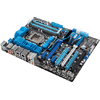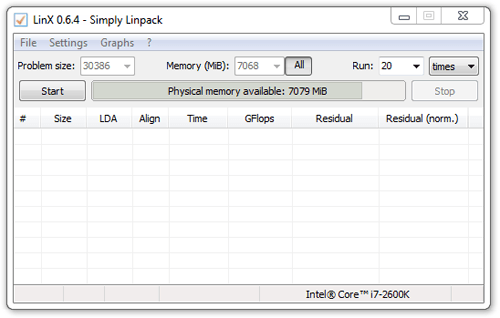- Qualcomm Launches Snapdragon 4 Gen 2 Mobile Platform
- AMD Launches Ryzen PRO 7000 Series Mobile & Desktop Platform
- Intel Launches Sleek Single-Slot Arc Pro A60 Workstation Graphics Card
- NVIDIA Announces Latest Ada Lovelace Additions: GeForce RTX 4060 Ti & RTX 4060
- Maxon Redshift With AMD Radeon GPU Rendering Support Now Available
Intel P67 Roundup: ASUS, GIGABYTE, Intel & MSI

We’ve been a little short on motherboard content lately, so to kick things back into action we’re taking a look at four P67-based motherboards at once – all benchmarked using our newly revised test suite. The boards we’re looking at are the ASUS P8P67 Deluxe, GIGABYTE P67A-UD4, Intel DP67BG and MSI P67A-GD65.
Page 17 – Power Consumption
Thanks to the fact that we can see our environment diminish in front of our eyes due to our global habits, being “green” has become a priority of many like never before. Thankfully, companies have also jumped on the bandwagon by developing the most power-efficient products possible, to help us reduce our overall footprint – and save money to boot.
Being the base of a PC, it might not seem obvious that one motherboard may draw more power than another, but because all of the extra chipsets and features piled onto one motherboard may not be on another, there can in fact be a discernible difference between various models.
Because the CPU is the biggest power draw in a PC for most people, we single that out in our testing. If a board has a poor power design, it could end up drawing more power than needed, and likewise, if a board has an excellent power design, it could offset the extra power draw of additional components. It is important to note, however, that while one board might draw more power than another, it shouldn’t be considered a bad thing if it’s filled to the brim with features. If a board has little in way of features but draws the same amount of power as a beefier model, that’d be reason for alarm.
To test for power consumption, the computer is first boot up and left to sit at idle for five minutes at the Windows desktop, at which point the current wattage is recorded if stable. To test for full CPU load, LinX is run with ~7000MB memory usage for a total of five minutes. During the run, the highest point the wattage reaches on the meter is captured and becomes our “Max Load”.


Being as feature-rich as it is, it’s no surprise to see ASUS draw more power than the others, and for the opposite reason, it’s expected to see Intel draw the least amount of power. Interestingly, though GIGABYTE’s board draws a little less power at full load, it draws a lot more than the Intel and MSI at idle.
Support our efforts! With ad revenue at an all-time low for written websites, we're relying more than ever on reader support to help us continue putting so much effort into this type of content. You can support us by becoming a Patron, or by using our Amazon shopping affiliate links listed through our articles. Thanks for your support!





